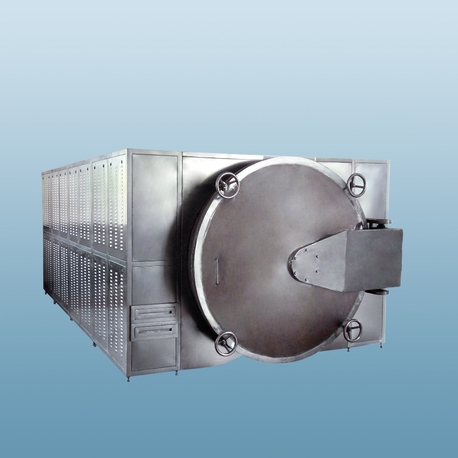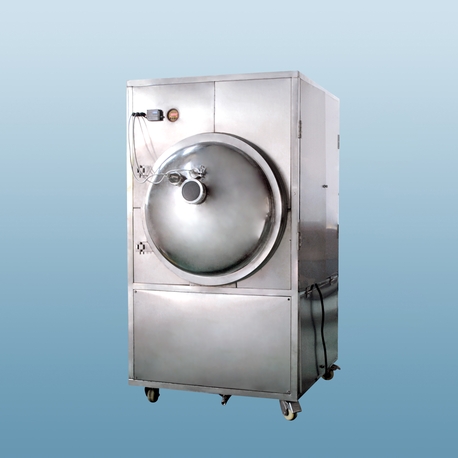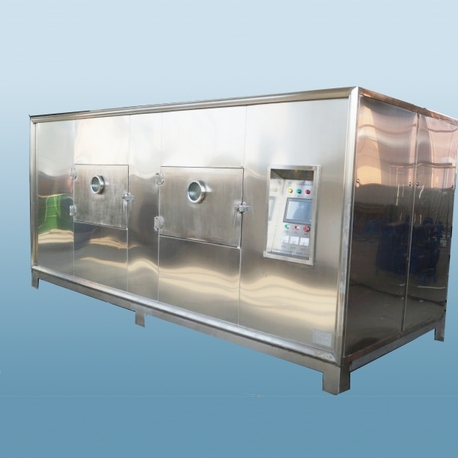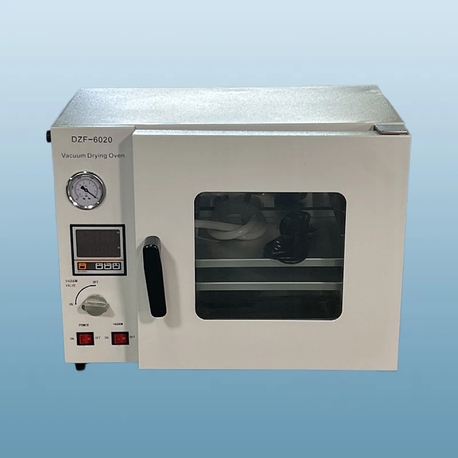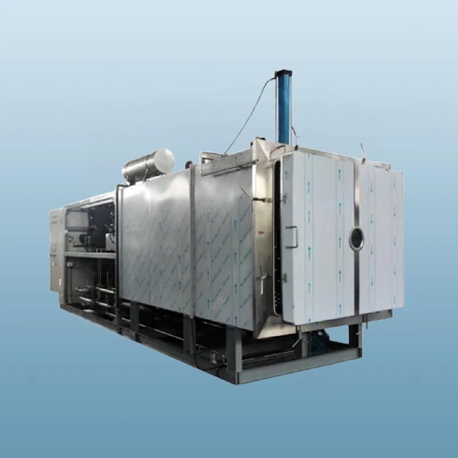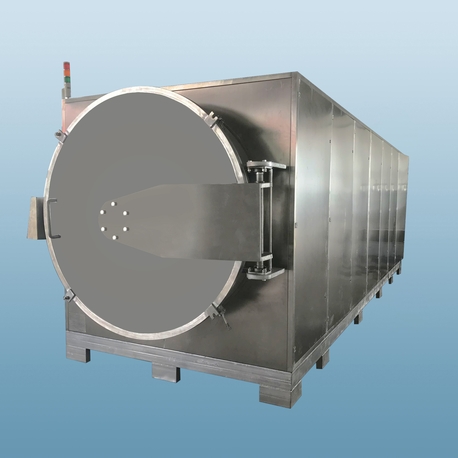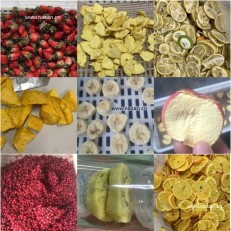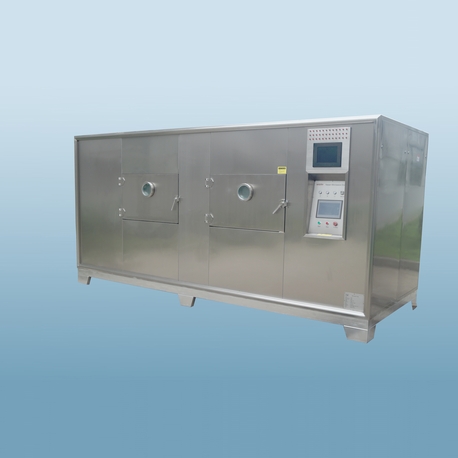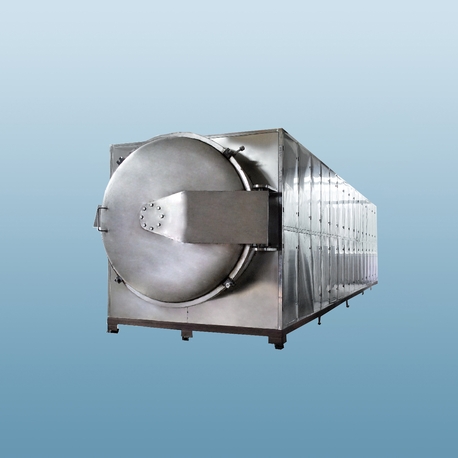When it comes to preserving food, reducing waste, and creating healthy snacks, a food dehydrator is an invaluable kitchen appliance. Whether you're a seasoned health enthusiast or a beginner looking to extend the shelf life of your favorite fruits, vegetables, and meats, understanding the landscape of food dehydrator manufacturers is crucial. This article delves into the world of food dehydrator production, highlighting key aspects you should consider, common issues users face, and how to choose the right product for your needs.
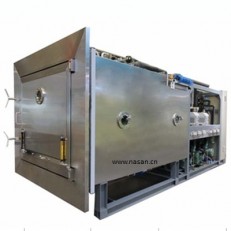
Understanding Food Dehydrator Manufacturers
Food dehydrator manufacturers play a pivotal role in the kitchen appliance industry. These companies specialize in designing and producing devices that remove moisture from food to prevent spoilage. The process involves circulating air at low heat over extended periods, which preserves nutrients while enhancing flavor concentration. Manufacturers range from large corporations with global reach to smaller, niche companies focusing on innovative designs.
When evaluating food dehydrator manufacturers, it's important to consider their experience, production standards, and commitment to quality. Reputable manufacturers often invest in research and development to improve energy efficiency, user interface, and drying consistency. They also adhere to strict safety regulations to ensure their products are reliable and durable. By choosing a trusted manufacturer, you can avoid many common pitfalls associated with inferior products.
Key Factors in Choosing a Food Dehydrator
Selecting the right food dehydrator involves several considerations. First, examine the type of heating element and fan placement. Horizontal airflow systems, often found in higher-end models, provide more even drying compared to vertical systems. Additionally, adjustable temperature controls are essential since different foods require specific heat settings for optimal results.
Capacity is another critical factor. Food dehydrator manufacturers produce models with varying tray numbers and sizes. If you plan to dehydrate large batches frequently, a unit with expandable trays might be beneficial. Also, look for features like timers, automatic shut-off, and easy cleaning options. These elements enhance usability and ensure consistent performance.
Common Issues with Food Dehydrators
Even the best appliances can have drawbacks, and food dehydrators are no exception. One frequent issue is uneven drying. This often occurs in models with vertical airflow, where trays closer to the heat source dry faster than those farther away. To mitigate this, some food dehydrator manufacturers design units with fans located at the back or sides for better air distribution.
Another common problem is noise. While most dehydrators operate quietly, some models may produce noticeable fan noise. If you're sensitive to sound, research models known for silent operation. Additionally, plastic trays can sometimes retain odors or stains from strongly flavored foods like onions or fish. Opting for stainless steel trays, offered by certain food dehydrator manufacturers, can alleviate this issue.
Cleaning difficulties are also reported by users. Trays with intricate designs or hard-to-reach corners can be challenging to clean thoroughly. Look for dishwasher-safe components to simplify maintenance. Lastly, some users find that their dehydrator takes longer than expected to dry food. This can be due to overcrowded trays or incorrect temperature settings. Following manufacturer guidelines can help avoid this frustration.
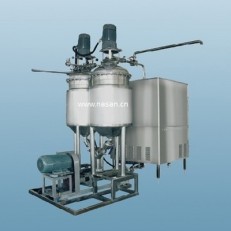
Innovations from Food Dehydrator Manufacturers
In recent years, food dehydrator manufacturers have introduced several innovations to enhance user experience. Smart technology integration allows users to control drying cycles via smartphone apps, providing precision and convenience. Energy-efficient designs reduce electricity consumption, making dehydrators more environmentally friendly and cost-effective.
Some manufacturers have also focused on improving material quality. BPA-free plastics and stainless steel construction are becoming standard, addressing health and durability concerns. Additionally, customizable tray options and accessories, such as mesh sheets for smaller items or fruit roll-up inserts, expand the versatility of these appliances.
How to Maintain Your Food Dehydrator
Proper maintenance extends the life of your food dehydrator and ensures consistent performance. Always unplug the unit before cleaning. Most manufacturers recommend wiping the interior and exterior with a damp cloth. Trays and racks should be washed with warm, soapy water and thoroughly dried before reassembly.
Regularly check the heating element and fan for debris buildup, which can affect efficiency. If your model has a filter, clean or replace it as per the manufacturer's instructions. Store the dehydrator in a cool, dry place to prevent damage to electrical components. By following these steps, you can avoid common issues and enjoy your appliance for years.
The Environmental Impact of Food Dehydrators
Food dehydrators contribute to sustainability by reducing food waste. Preserving excess produce allows consumers to enjoy seasonal foods year-round without relying on canned or frozen alternatives that may contain preservatives. Many food dehydrator manufacturers are also adopting eco-friendly practices, such as using recyclable materials and reducing packaging waste.
Moreover, dehydrating food at home minimizes the carbon footprint associated with transporting and storing commercial dried goods. By investing in a quality dehydrator, you not only promote healthier eating habits but also support environmental conservation.
Choosing the right food dehydrator involves understanding the offerings of various food dehydrator manufacturers, recognizing common issues, and considering your specific needs. With innovations continually emerging, these appliances are becoming more efficient, user-friendly, and versatile. By prioritizing quality and maintenance, you can make the most of your food dehydrator, enjoying nutritious, homemade snacks while reducing waste. Whether you're new to dehydrating or looking to upgrade, informed decisions will ensure satisfaction with your purchase.


